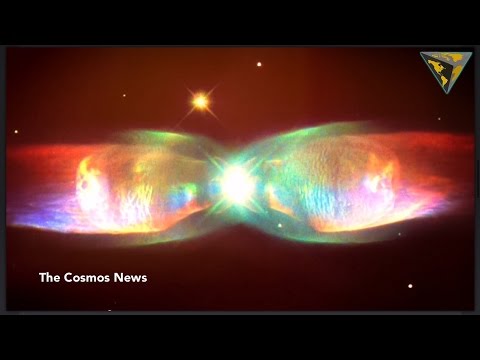The Beauty and Complexity of Galaxies: A Visual Journey Through Space
Galaxies are vast collections of stars, gas, dust, and dark matter that are held together by gravity. They come in a variety of shapes and sizes, ranging from spiral galaxies like our own Milky Way to elliptical galaxies and irregular galaxies. These cosmic structures are not only beautiful to look at, but they also hold clues to the history and evolution of the universe.
One of the most striking aspects of galaxies is their sheer size. The Milky Way, for example, is estimated to contain around 100 billion stars and is about 100,000 light-years across. And yet, this is just one of billions of galaxies in the observable universe, each with its own unique characteristics and history.
One of the most iconic types of galaxies is the spiral galaxy. These galaxies have a distinctive spiral arm structure that winds out from a central bulge. The arms are made up of young, hot stars, while the central bulge contains older stars. The Milky Way is a prime example of a spiral galaxy, and when viewed from above, it appears as a beautiful, swirling disc of stars and gas.
Another common type of galaxy is the elliptical galaxy, which is shaped like a flattened sphere. These galaxies are made up of older stars and contain very little gas and dust, leading to little to no star formation. Elliptical galaxies come in a range of sizes, from small dwarf galaxies to giant ellipticals that can be hundreds of times larger than the Milky Way.
Irregular galaxies, as their name suggests, do not have a defined shape and can vary widely in size and structure. These galaxies are often the result of interactions with other galaxies, which can disrupt their shape and star formation processes. Despite their chaotic appearance, irregular galaxies can be home to some of the most active star-forming regions in the universe.
The beauty of galaxies is not just limited to their visual appearance. They also hold important clues to the history and evolution of the universe. By studying the distribution of galaxies in the cosmos, astronomers can learn more about the structure of the universe, the nature of dark matter and dark energy, and the processes that drive star formation and galaxy evolution.
Thanks to advances in technology, astronomers have been able to capture stunning images of galaxies in unprecedented detail. From the Hubble Space Telescope to ground-based observatories, these images provide us with a glimpse of the vast and complex universe that surrounds us. Each galaxy tells its own unique story, from the birth of stars to the collision of galaxies.
As we continue to explore the cosmos, the beauty and complexity of galaxies will continue to inspire and captivate us. They are not just distant objects in the sky, but windows into the history and future of the universe. So the next time you gaze up at the night sky, take a moment to appreciate the beauty of the galaxies that dance across the heavens, and marvel at the mysteries that they hold.













